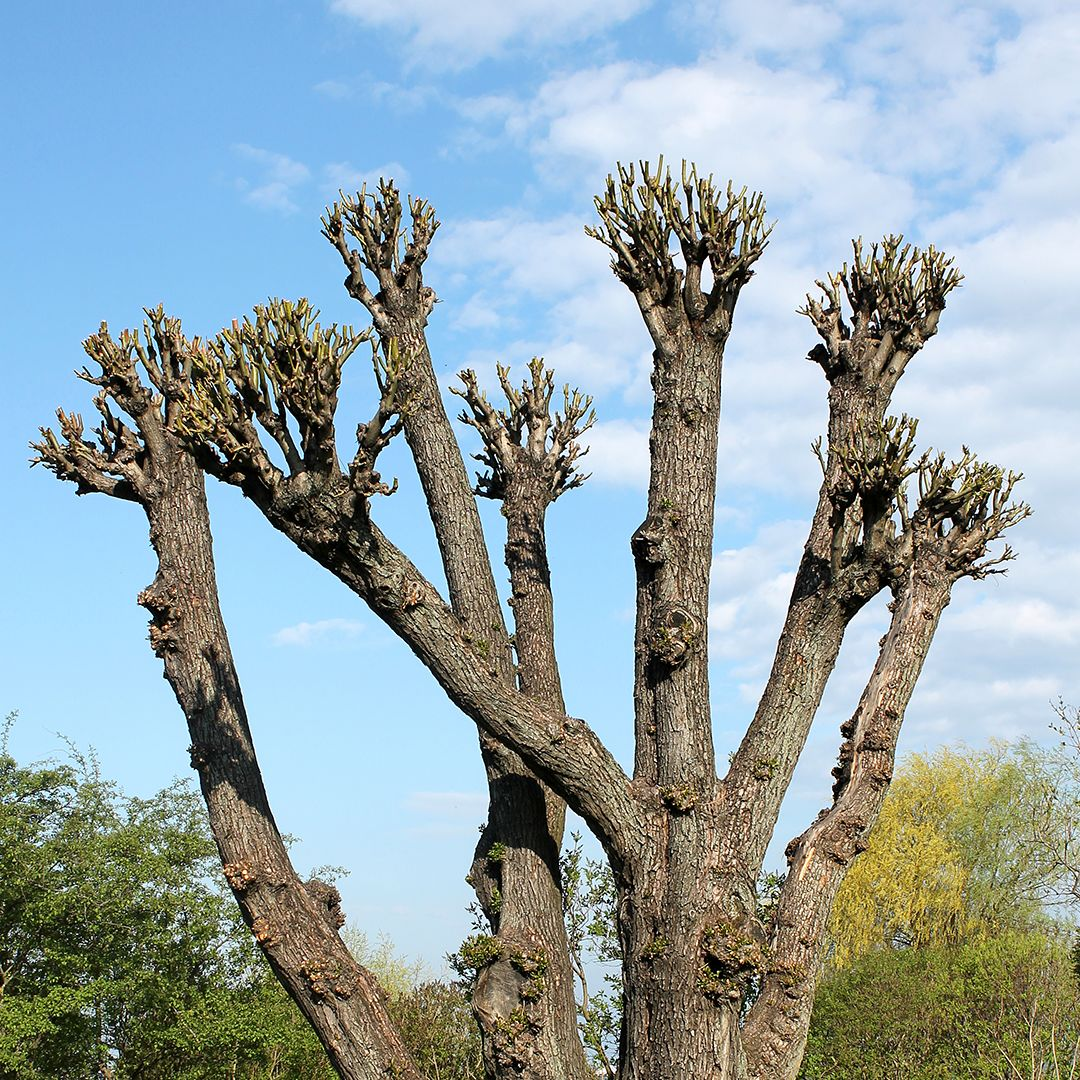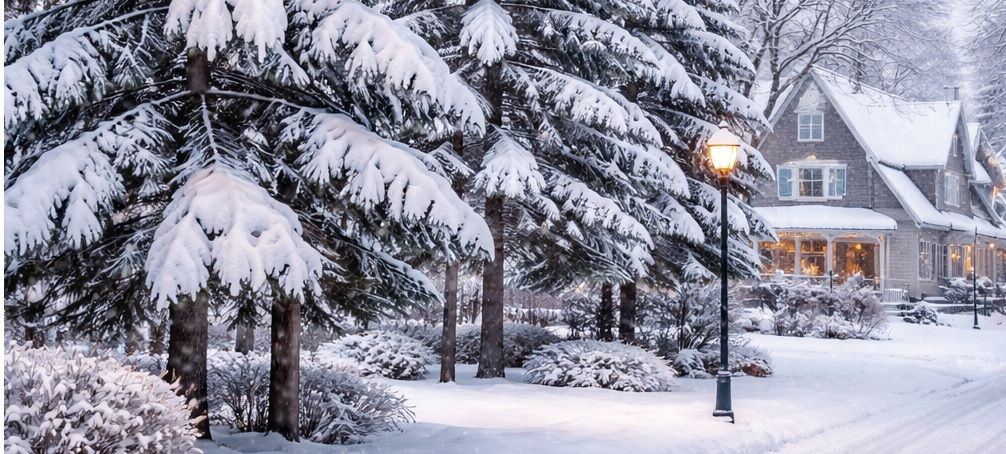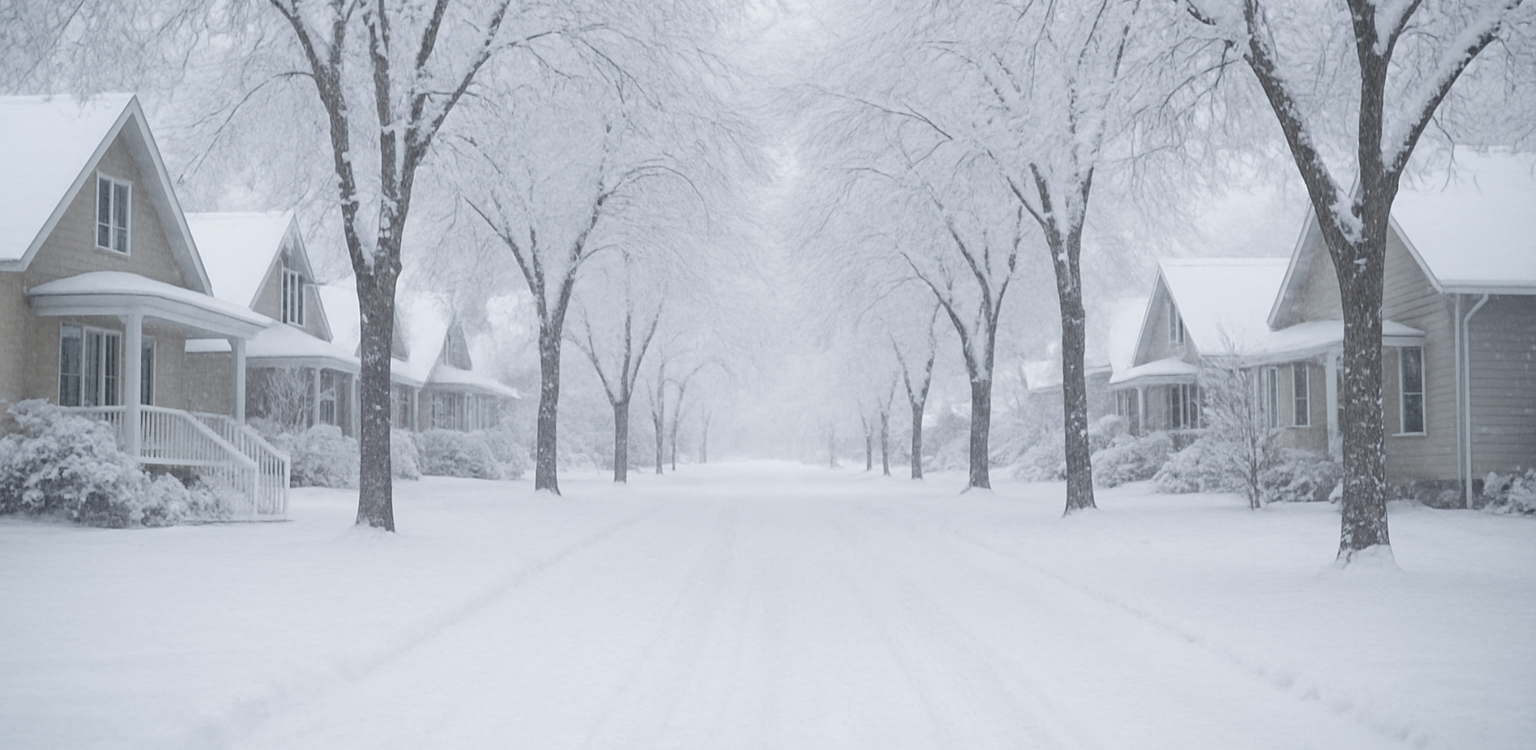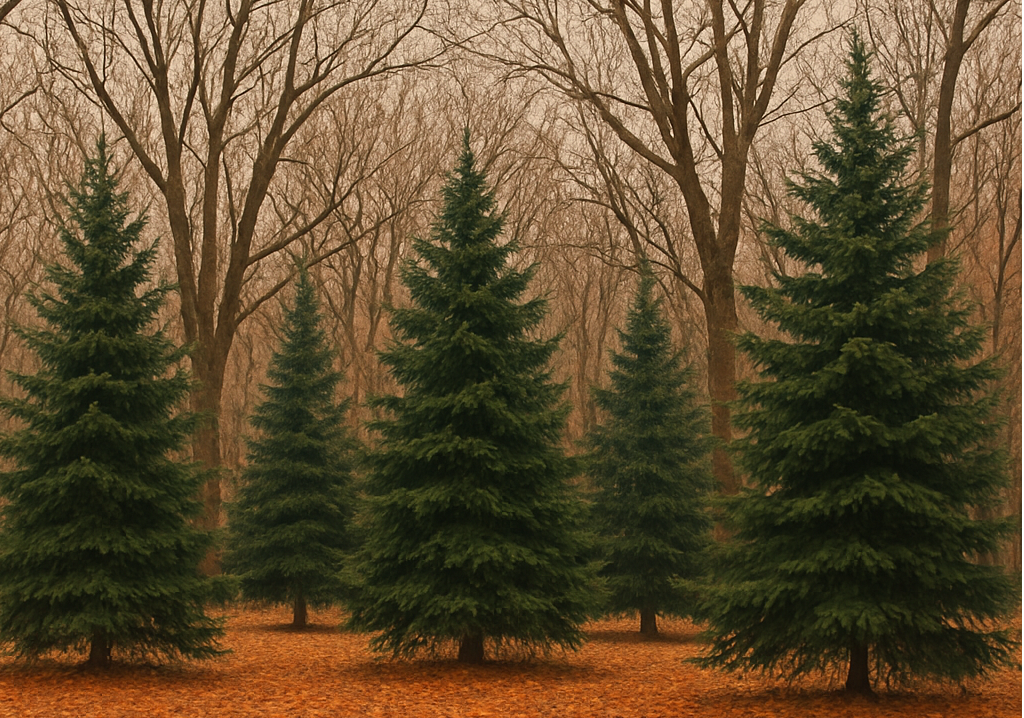Why Tree Topping Is a Bad Idea: The Damage Caused By This Harmful Practice.
Trevor Soltys & Paul Kasper
🌳 Tree topping—also known as hat-racking or heading—is the practice of cutting back large branches to stubs or removing the upper portion of a tree’s crown. While some homeowners and landscapers may believe it’s a quick fix for overgrown trees or a way to reduce shade, the truth is that tree topping is one of the most damaging and misguided practices in arboriculture. It not only harms the tree’s health but also creates long-term safety risks, aesthetic issues, and financial burdens.
🚫 What Is Tree Topping?
Tree topping involves the indiscriminate removal of large branches, often leaving behind bare stubs. It’s typically done to reduce the size of a tree, control growth, or eliminate perceived hazards. However, this method ignores the tree’s natural growth patterns and physiology, leading to a cascade of negative consequences.
🧬 The Biological Damage
Trees are living organisms with complex systems designed to sustain growth, resist disease, and respond to environmental stress. Topping disrupts these systems in several ways:
- Loss of Photosynthetic Capacity: Removing the crown eliminates a significant portion of the tree’s leaves, which are essential for photosynthesis. This starves the tree of energy, weakening its overall health.
- Shock and Stress: Topping causes extreme physiological stress. The sudden loss of foliage can trigger panic growth—known as epicormic sprouting—where the tree rapidly produces weak, poorly attached shoots to compensate.
- Vulnerability to Disease and Decay: Large topping cuts rarely heal properly. They expose the tree to pathogens and decay organisms, which can enter through the wounds and compromise the structural integrity of the tree.
⚠️ Safety Hazards
Ironically, one of the main reasons people top trees is to reduce the risk of falling limbs or storm damage. Yet topping actually increases these risks:
- Weak Regrowth: The shoots that emerge after topping are not anchored well to the tree. They grow rapidly and can become heavy, making them prone to breaking during storms or high winds.
- Structural Instability: Topped trees often develop multiple leaders (main stems), which compete for dominance and weaken the tree’s overall structure.
- Increased Risk of Failure: As decay sets in around the topping wounds, the tree becomes more likely to fail, posing a danger to people, property, and nearby infrastructure.
💸 Financial Costs
Tree topping may seem like a cost-effective solution in the short term, but it often leads to greater expenses down the road:
- Higher Maintenance: Topped trees require frequent pruning to manage the unstable regrowth.
- Removal and Replacement: Severely damaged trees may need to be removed entirely, and replacement costs can be significant.
- Liability: If a topped tree fails and causes injury or property damage, the owner may be held liable.
🎨 Aesthetic Impact
Beyond the biological and safety concerns, topping ruins the natural beauty of trees. A topped tree loses its graceful form and becomes a disfigured shell of its former self. The dense, bushy regrowth can look unnatural and cluttered, diminishing the landscape’s visual appeal.
🌱 Better Alternatives to Topping
Responsible tree care involves practices that preserve the tree’s health and structure:
- Crown Reduction: This method selectively removes branches to reduce the tree’s height or spread while maintaining its natural shape.
- Thinning: Removing smaller branches throughout the crown improves light penetration and air circulation without compromising the tree’s integrity.
- Professional Pruning: Certified arborists understand tree biology and use proper techniques to achieve safety and aesthetic goals without harming the tree.
✅ Conclusion
Tree topping is a harmful, outdated practice that causes more problems than it solves. From biological damage and safety hazards to financial costs and aesthetic degradation, the consequences are far-reaching. If you’re concerned about a tree’s size or health, consult a certified arborist who can recommend safe, effective alternatives. Trees are valuable assets to our environment and communities—let’s treat them with the care and respect they deserve.







